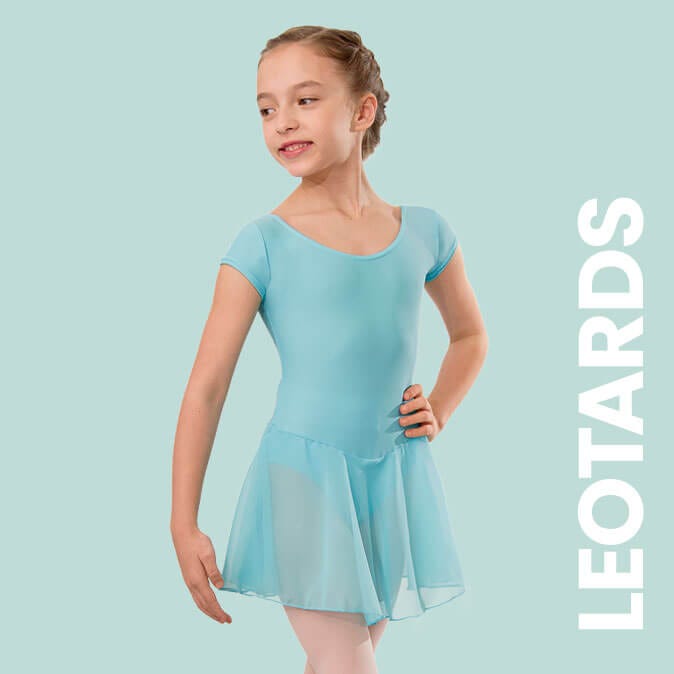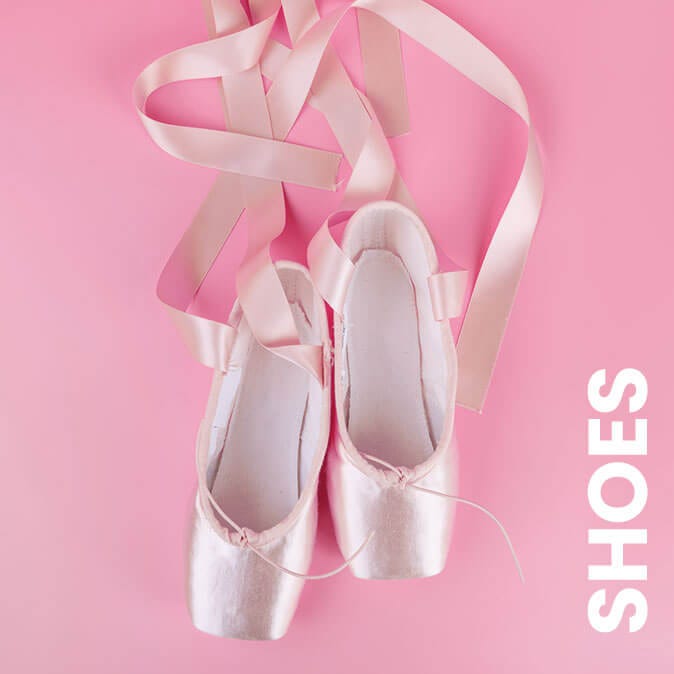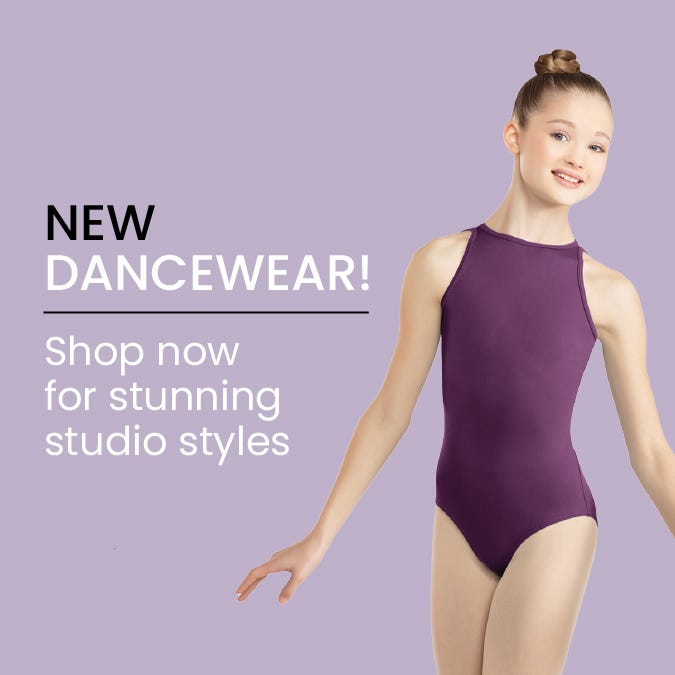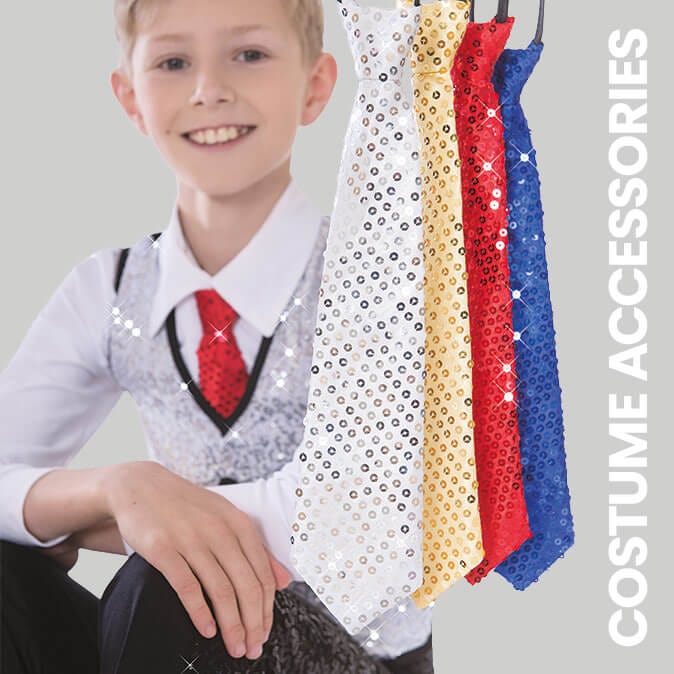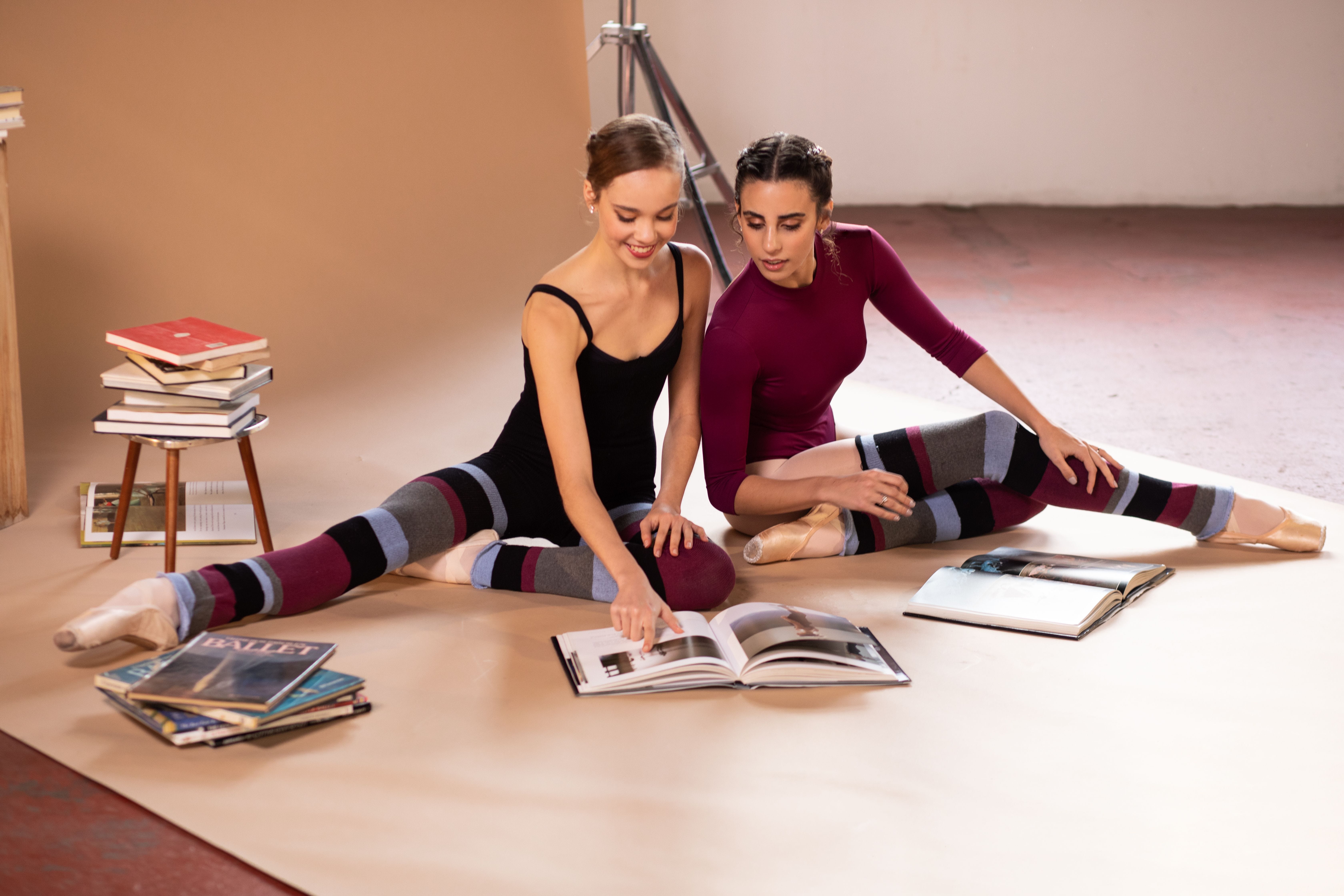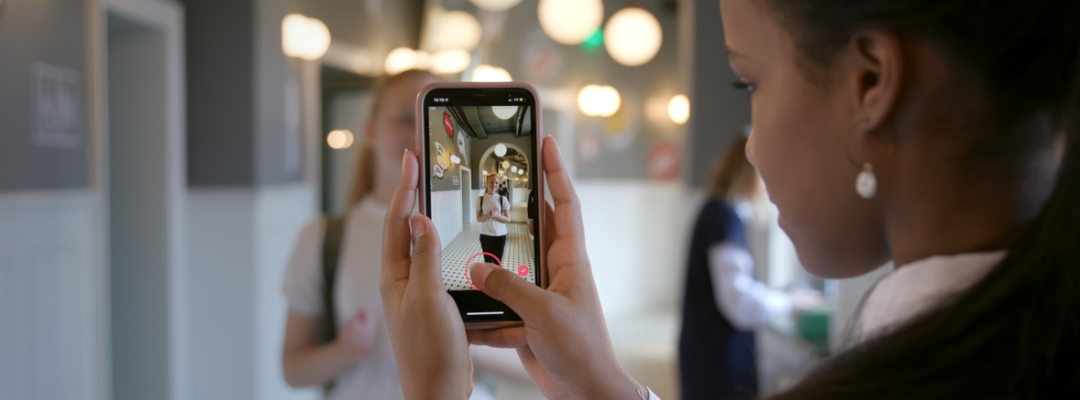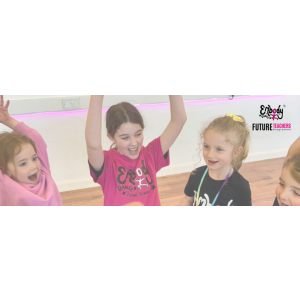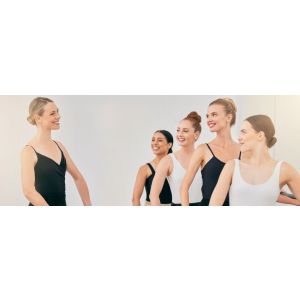This article was written by Vicky Race of Dance School Safeguarding Services. Vicky is an experienced Specialist Safeguarding and Social Care Trainer. With over 15 years of experience, she has worked with various sectors, including education, social care, and emergency services. Vicky currently serves as a safeguarding consultant for the dance industry, offering training and support to improve safeguarding practices in over 400 dance schools across the UK. She is also a qualified dance teacher and school owner.
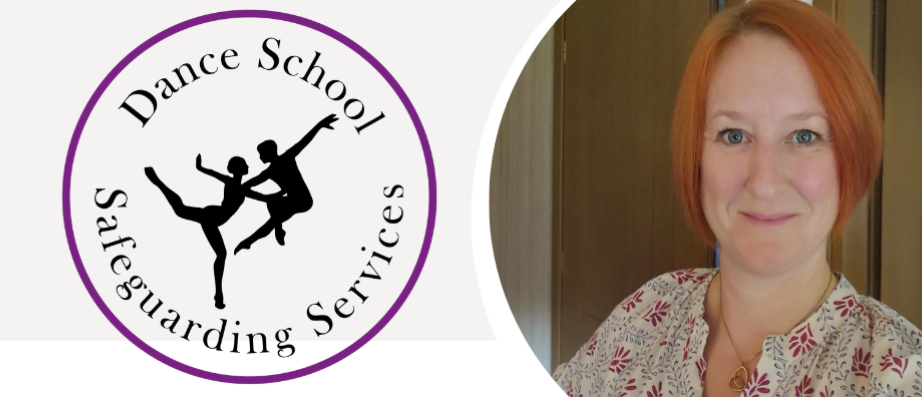

As an adult, I still have fond memories of my dance school shows. I loved to perform, to be on stage, and to dress up! Unfortunately, as a child of the 1980s, there is very little photographic evidence of those wonderful events. Children today, however, live with both the blessing and the curse of knowing that a photo can be taken of them at any moment. Every child will have hundreds, if not thousands, of photos taken, and these images will be shared across many platforms–not just in a photo album at home, but also on websites, social media, and among their communities, friends, and families.
This can allow children to feel proud of events they’ve participated in, to show off what they’ve achieved and create lasting memories. But this is only true if photography is handled sensitively. When done poorly, photography can capture less successful moments, awkward positions, or unflattering images. If taken without consent, it can cause distress and anxiety. For anyone who has left a dangerous situation, photography without consent can create a fear of being identified and lead to immediate safety risks. For these reasons, a thoughtful approach to dance school photography is essential.
Here are my top five tips for getting it right:
1. Always ask for consent. Consent should be informed, specific to the situation, and it can be withdrawn at any time. A student may be comfortable with their photos being shared in a private parents’ group but may not want their image used on public-facing social media pages or websites.
2. Capture the good moments. Photographs of children should always highlight the positive, exciting, and joyful moments. Never use photos that capture failure, or that causes humiliation or embarrassment.
3. Ensure proper procedures for photography. When taking photographs, make sure you have appropriate procedures for equipment use, safe storage, and appropriate sharing. Your school’s photograph policy should be made available to parents, carers, and students.
4. Be mindful of positions, routines, and attire. Pay attention to how students are photographed, ensuring that their positions, routines, and attire are respectful and appropriate.
5. Respect those who cannot be photographed. Never discriminate against a child who cannot be photographed. We must not isolate our most vulnerable and at-risk students by excluding them from activities due to the presence of photographers. Find another way to include them.
In a world where social media, image-sharing, and marketing can feel central to our professional, working lives, it can be tempting to create as much content as possible, and to prioritise the use of photography over other aspects of our school. However, only good photographs will promote your school in a positive light, and only a thoughtful approach to photography and consent will make parents and students feel safe. Remember that our dancers come to us because they love to dance and value our school–they are not here solely to be photographed or to help us grow our business. Our dancers are artists in the making, not assets for advertising.
It’s all about capturing the joy, excitement, and achievements of our young dancers while respecting their privacy and dignity. By following these tips, we can ensure our photography practices are both ethical and celebratory, creating beautiful memories that our students and their families can cherish for years to come.

